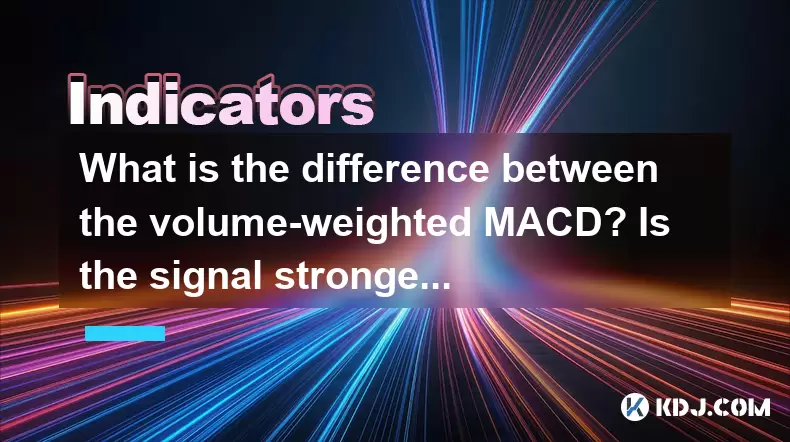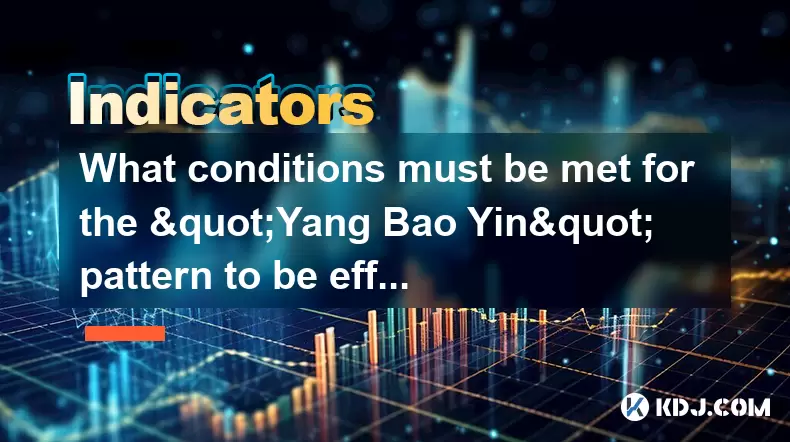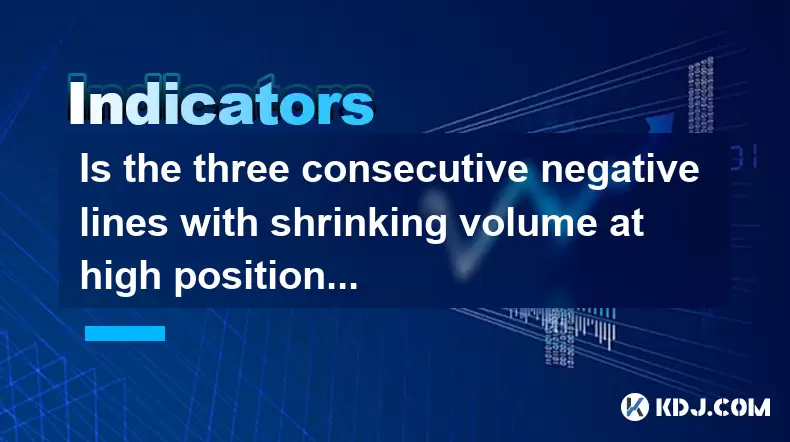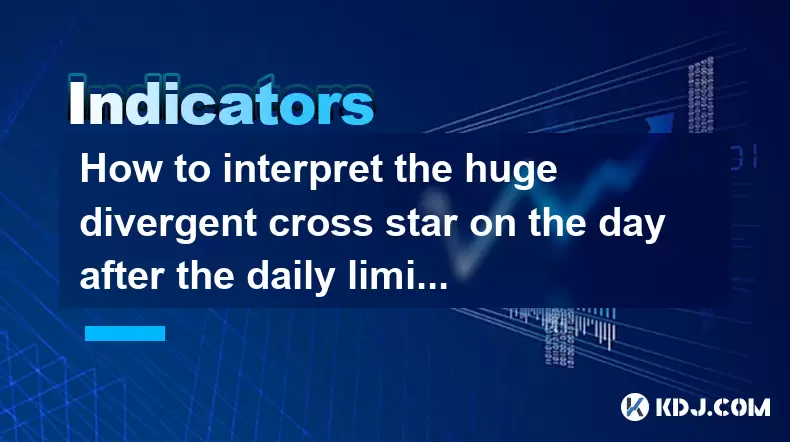-
 Bitcoin
Bitcoin $105,025.1724
0.07% -
 Ethereum
Ethereum $2,533.8989
0.12% -
 Tether USDt
Tether USDt $1.0004
0.00% -
 XRP
XRP $2.1698
0.97% -
 BNB
BNB $650.8047
-0.66% -
 Solana
Solana $145.7963
0.25% -
 USDC
USDC $1.0000
0.00% -
 Dogecoin
Dogecoin $0.1772
0.93% -
 TRON
TRON $0.2697
-1.56% -
 Cardano
Cardano $0.6367
-0.38% -
 Hyperliquid
Hyperliquid $41.4731
3.60% -
 Sui
Sui $3.0250
-0.14% -
 Chainlink
Chainlink $13.1768
-0.91% -
 Bitcoin Cash
Bitcoin Cash $434.8850
4.38% -
 UNUS SED LEO
UNUS SED LEO $9.0415
-0.20% -
 Stellar
Stellar $0.2595
0.05% -
 Avalanche
Avalanche $19.1109
-0.76% -
 Toncoin
Toncoin $3.0006
1.14% -
 Shiba Inu
Shiba Inu $0.0...01217
3.48% -
 Hedera
Hedera $0.1594
3.07% -
 Litecoin
Litecoin $86.3000
2.63% -
 Polkadot
Polkadot $3.7985
-1.20% -
 Ethena USDe
Ethena USDe $1.0003
0.00% -
 Monero
Monero $315.8904
0.03% -
 Dai
Dai $0.9998
0.00% -
 Bitget Token
Bitget Token $4.5397
0.27% -
 Pepe
Pepe $0.0...01112
3.53% -
 Uniswap
Uniswap $7.3135
0.65% -
 Pi
Pi $0.5862
4.89% -
 Aave
Aave $275.8013
-3.12%
What is the difference between the volume-weighted MACD? Is the signal stronger when the volume and price resonate?
Volume-weighted MACD enhances trading signals by incorporating volume, helping identify stronger trends and potential reversals in cryptocurrency markets.
Jun 11, 2025 at 10:56 pm

The volume-weighted MACD (Moving Average Convergence Divergence) is a technical analysis tool used by cryptocurrency traders to identify potential buy and sell signals. It is a variation of the traditional MACD indicator that incorporates trading volume into its calculations, aiming to provide a more comprehensive view of market trends. Understanding the difference between the standard MACD and the volume-weighted MACD can help traders make more informed decisions.
The traditional MACD is calculated using two moving averages of an asset's price: a fast-moving average and a slow-moving average. The difference between these two moving averages is the MACD line. A signal line, which is typically a 9-day exponential moving average (EMA) of the MACD line, is then plotted on the chart. The difference between the MACD line and the signal line is the histogram, which oscillates above and below a zero line. Traders use crossovers between the MACD line and the signal line, as well as divergences between the MACD and the price, to generate trading signals.
The volume-weighted MACD, on the other hand, modifies the traditional MACD calculation by incorporating trading volume. The volume-weighted MACD line is calculated by multiplying the price difference between the fast and slow moving averages by the corresponding trading volume. This approach aims to give more weight to price movements that occur with higher trading volumes, as these are often considered more significant. The signal line in the volume-weighted MACD remains the same as in the traditional MACD, calculated as a 9-day EMA of the volume-weighted MACD line.
How Volume-Weighted MACD Enhances Trading Signals
The primary advantage of using the volume-weighted MACD over the traditional MACD is that it provides a more nuanced view of market dynamics. By incorporating volume data, the volume-weighted MACD can help traders identify stronger trends and potential reversals more accurately. For instance, a bullish crossover (when the MACD line crosses above the signal line) accompanied by a significant increase in trading volume is considered a stronger buy signal than a crossover with low volume.
Similarly, a bearish crossover (when the MACD line crosses below the signal line) with high volume suggests a more significant sell signal. The volume-weighted MACD can also help traders spot divergences between the price and the indicator more effectively. A divergence occurs when the price of an asset makes a new high or low, but the MACD fails to follow suit. When such a divergence is accompanied by a corresponding increase in volume, it can indicate a stronger potential reversal.
The Role of Volume in MACD Analysis
Volume is a crucial component of technical analysis in the cryptocurrency market. It represents the total number of coins or tokens traded within a given period and is often used to confirm the strength of a price move. In the context of the MACD, volume can enhance the reliability of trading signals. A price movement accompanied by high volume is generally considered more significant than one with low volume, as it suggests greater market participation and conviction.
When using the volume-weighted MACD, traders should pay close attention to the volume bars on their charts. A spike in volume during a bullish or bearish crossover can confirm the validity of the signal and increase its reliability. Conversely, a crossover with declining or low volume may indicate a weaker signal that could be prone to false breakouts.
Resonating Volume and Price: A Stronger Signal?
The concept of resonance between volume and price is central to understanding the strength of signals generated by the volume-weighted MACD. When volume and price movements align, it suggests a strong market consensus and can lead to more reliable trading signals. For instance, if the price of a cryptocurrency rises and the volume increases simultaneously, it indicates strong buying pressure and a potential continuation of the uptrend.
Conversely, if the price falls and volume rises, it suggests strong selling pressure and a potential continuation of the downtrend. This alignment between volume and price can make the signals generated by the volume-weighted MACD more robust. Traders can use this information to confirm their trading decisions and potentially improve their overall performance.
Practical Application of Volume-Weighted MACD
To apply the volume-weighted MACD effectively, traders need to follow a systematic approach. Here are the steps to incorporate the volume-weighted MACD into a trading strategy:
- Select a cryptocurrency and time frame: Choose the cryptocurrency you want to trade and the time frame for your analysis. The volume-weighted MACD can be used on various time frames, from short-term intraday charts to longer-term daily or weekly charts.
- Set up the volume-weighted MACD indicator: Add the volume-weighted MACD indicator to your charting platform. Ensure that the settings are configured correctly, with the fast and slow moving averages set to your preferred periods (commonly 12 and 26 days for the fast and slow lines, respectively) and the signal line set to a 9-day EMA.
- Monitor for crossovers and divergences: Watch for crossovers between the volume-weighted MACD line and the signal line. A bullish crossover (MACD line crossing above the signal line) with increasing volume can be a buy signal, while a bearish crossover (MACD line crossing below the signal line) with increasing volume can be a sell signal. Also, look for divergences between the price and the volume-weighted MACD, as these can indicate potential reversals.
- Confirm with volume analysis: Always confirm the signals generated by the volume-weighted MACD with volume analysis. Look for spikes in volume that coincide with the crossovers or divergences to increase the reliability of the signals.
- Execute trades based on the signals: Once you have confirmed a signal using the volume-weighted MACD and volume analysis, you can execute your trades. Set appropriate stop-loss and take-profit levels to manage your risk.
Limitations and Considerations
While the volume-weighted MACD can be a powerful tool for cryptocurrency traders, it is not without its limitations. Like all technical indicators, it is not infallible and should be used in conjunction with other analysis methods. False signals can occur, especially in volatile markets where price and volume can fluctuate rapidly.
Additionally, the volume-weighted MACD may be less effective in low-volume markets. In such cases, the volume data may not provide significant insights, and the signals generated by the indicator may be less reliable. Traders should also be aware of the potential for manipulation in the cryptocurrency market, where large volume spikes can sometimes be artificially created to influence prices.
Frequently Asked Questions
Q1: Can the volume-weighted MACD be used for all cryptocurrencies?
A1: The volume-weighted MACD can be used for any cryptocurrency that has sufficient trading volume data available. However, it may be more effective for cryptocurrencies with higher trading volumes, as the volume data provides more meaningful insights in these cases.
Q2: How often should I check the volume-weighted MACD for trading signals?
A2: The frequency of checking the volume-weighted MACD depends on your trading strategy and time frame. For short-term traders, checking the indicator multiple times a day may be necessary, while longer-term traders may only need to check it daily or weekly.
Q3: Can the volume-weighted MACD be used in combination with other indicators?
A3: Yes, the volume-weighted MACD can be used in combination with other technical indicators to enhance your trading strategy. Common combinations include using it with trend indicators like moving averages or momentum indicators like the Relative Strength Index (RSI).
Q4: Is the volume-weighted MACD suitable for beginners?
A4: While the volume-weighted MACD can be a valuable tool, it may be more suitable for intermediate to advanced traders who have a good understanding of technical analysis and market dynamics. Beginners may find it helpful to start with simpler indicators before incorporating more complex tools like the volume-weighted MACD into their trading strategies.
Disclaimer:info@kdj.com
The information provided is not trading advice. kdj.com does not assume any responsibility for any investments made based on the information provided in this article. Cryptocurrencies are highly volatile and it is highly recommended that you invest with caution after thorough research!
If you believe that the content used on this website infringes your copyright, please contact us immediately (info@kdj.com) and we will delete it promptly.
- Grayscale Launches Bitcoin Adopters ETF To Track Performance Of Companies With Bitcoin Holdings
- 2025-06-14 19:50:12
- Pi Network (PI) Cryptocurrency Shows Signs of Stabilization After Prolonged Decline
- 2025-06-14 19:50:12
- Despite the recent crash, Solana (SOL) price has rebounded quickly and trades near $150
- 2025-06-14 19:45:13
- NEAR Protocol Expands its Chain Signatures Framework to Support EdDSA
- 2025-06-14 19:45:13
- Neo Pepe Coin Presale Could Be the Most Exciting Meme Coin Drop of 2025
- 2025-06-14 19:40:12
- Market Moves to Watch: Web3 ai's 1,747% ROI Pulls in Traders as HYPE Surges and BNB Gains on Upgrades
- 2025-06-14 19:35:12
Related knowledge

How to calculate the probability of trend continuation after the MACD column divergence?
Jun 14,2025 at 08:01am
Understanding MACD Column DivergenceThe Moving Average Convergence Divergence (MACD) is a widely used technical indicator in cryptocurrency trading. The MACD column, also known as the histogram, represents the difference between the MACD line and the signal line. When price makes a new high or low but the MACD histogram does not confirm this movement, a...

What are the volume requirements for adjusting the K line in the "rising three methods" pattern?
Jun 14,2025 at 07:50am
Understanding the 'Rising Three Methods' Pattern in Cryptocurrency TradingThe 'rising three methods' pattern is a bullish continuation candlestick formation that traders often use to identify potential upward momentum in cryptocurrency price charts. This pattern typically appears during an uptrend and suggests that the trend is likely to continue after ...

What conditions must be met for the "Yang Bao Yin" pattern to be effective?
Jun 14,2025 at 06:42am
Understanding the 'Yang Bao Yin' Pattern in Cryptocurrency TradingThe Yang Bao Yin pattern is a candlestick formation commonly observed in technical analysis within the cryptocurrency market. This pattern typically signals a potential bullish reversal after a downtrend. However, for this pattern to be effective and reliable, certain conditions must be m...

Is the three consecutive negative lines with shrinking volume at high positions a signal that the main force has finished shipping?
Jun 14,2025 at 09:56am
Understanding the Concept of Three Consecutive Negative LinesIn cryptocurrency trading, three consecutive negative lines refer to a situation where an asset's price chart shows three successive candlesticks with closing prices lower than their opening prices. This pattern typically indicates bearish sentiment in the market. When this occurs at high posi...

Is it an opportunity for the long positive line with large volume to break through the platform and then shrink back?
Jun 14,2025 at 04:42am
Understanding the Long Positive Line with Large VolumeIn technical analysis, a long positive line refers to a candlestick pattern where the closing price is significantly higher than the opening price, often indicating strong buying pressure. When this occurs alongside large volume, it suggests that market participants are actively involved in pushing t...

How to interpret the huge divergent cross star on the day after the daily limit?
Jun 14,2025 at 02:35pm
Understanding the Divergent Cross Star PatternIn the realm of technical analysis within cryptocurrency trading, candlestick patterns are essential tools for predicting price movements. One such pattern is the divergent cross star, which appears as a doji or near-doji candle following a significant price move. When this pattern occurs the day after a dai...

How to calculate the probability of trend continuation after the MACD column divergence?
Jun 14,2025 at 08:01am
Understanding MACD Column DivergenceThe Moving Average Convergence Divergence (MACD) is a widely used technical indicator in cryptocurrency trading. The MACD column, also known as the histogram, represents the difference between the MACD line and the signal line. When price makes a new high or low but the MACD histogram does not confirm this movement, a...

What are the volume requirements for adjusting the K line in the "rising three methods" pattern?
Jun 14,2025 at 07:50am
Understanding the 'Rising Three Methods' Pattern in Cryptocurrency TradingThe 'rising three methods' pattern is a bullish continuation candlestick formation that traders often use to identify potential upward momentum in cryptocurrency price charts. This pattern typically appears during an uptrend and suggests that the trend is likely to continue after ...

What conditions must be met for the "Yang Bao Yin" pattern to be effective?
Jun 14,2025 at 06:42am
Understanding the 'Yang Bao Yin' Pattern in Cryptocurrency TradingThe Yang Bao Yin pattern is a candlestick formation commonly observed in technical analysis within the cryptocurrency market. This pattern typically signals a potential bullish reversal after a downtrend. However, for this pattern to be effective and reliable, certain conditions must be m...

Is the three consecutive negative lines with shrinking volume at high positions a signal that the main force has finished shipping?
Jun 14,2025 at 09:56am
Understanding the Concept of Three Consecutive Negative LinesIn cryptocurrency trading, three consecutive negative lines refer to a situation where an asset's price chart shows three successive candlesticks with closing prices lower than their opening prices. This pattern typically indicates bearish sentiment in the market. When this occurs at high posi...

Is it an opportunity for the long positive line with large volume to break through the platform and then shrink back?
Jun 14,2025 at 04:42am
Understanding the Long Positive Line with Large VolumeIn technical analysis, a long positive line refers to a candlestick pattern where the closing price is significantly higher than the opening price, often indicating strong buying pressure. When this occurs alongside large volume, it suggests that market participants are actively involved in pushing t...

How to interpret the huge divergent cross star on the day after the daily limit?
Jun 14,2025 at 02:35pm
Understanding the Divergent Cross Star PatternIn the realm of technical analysis within cryptocurrency trading, candlestick patterns are essential tools for predicting price movements. One such pattern is the divergent cross star, which appears as a doji or near-doji candle following a significant price move. When this pattern occurs the day after a dai...
See all articles

























































































